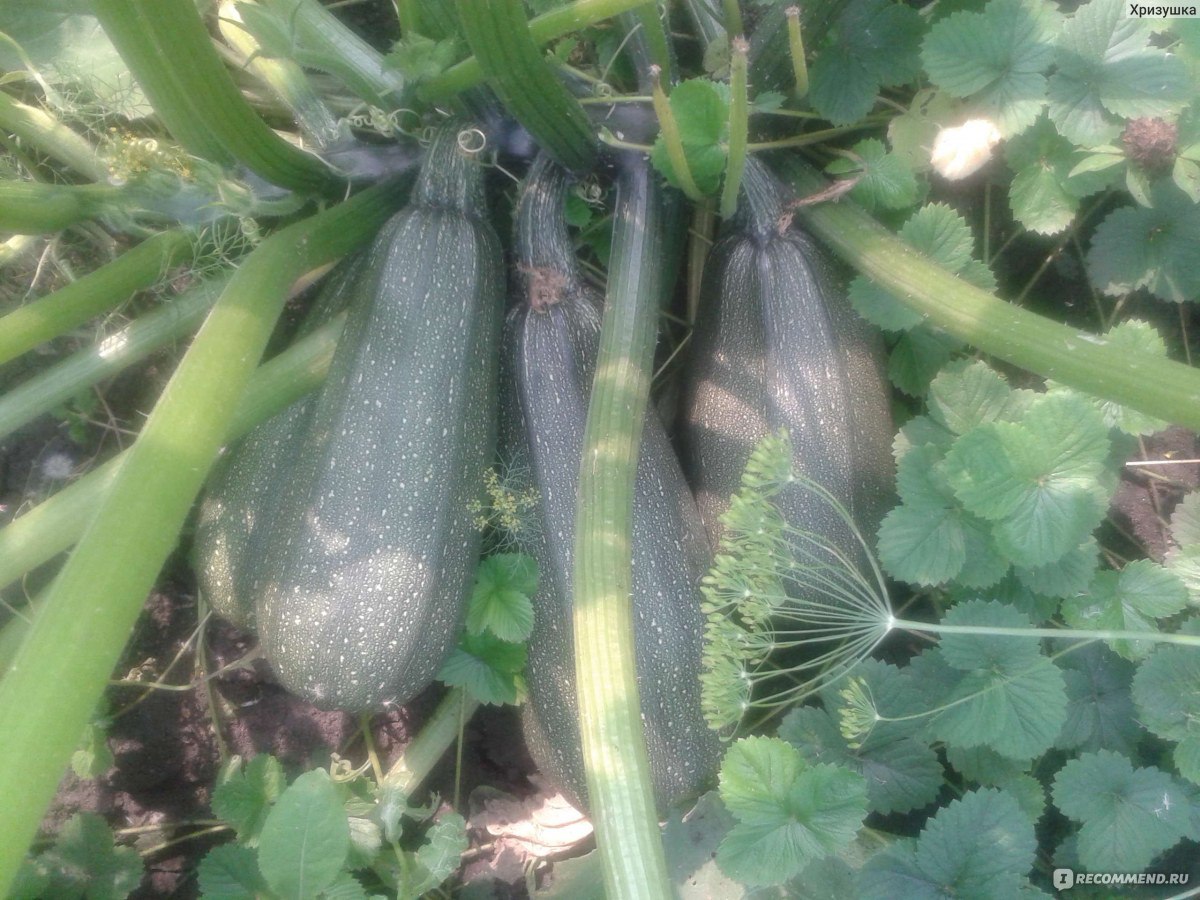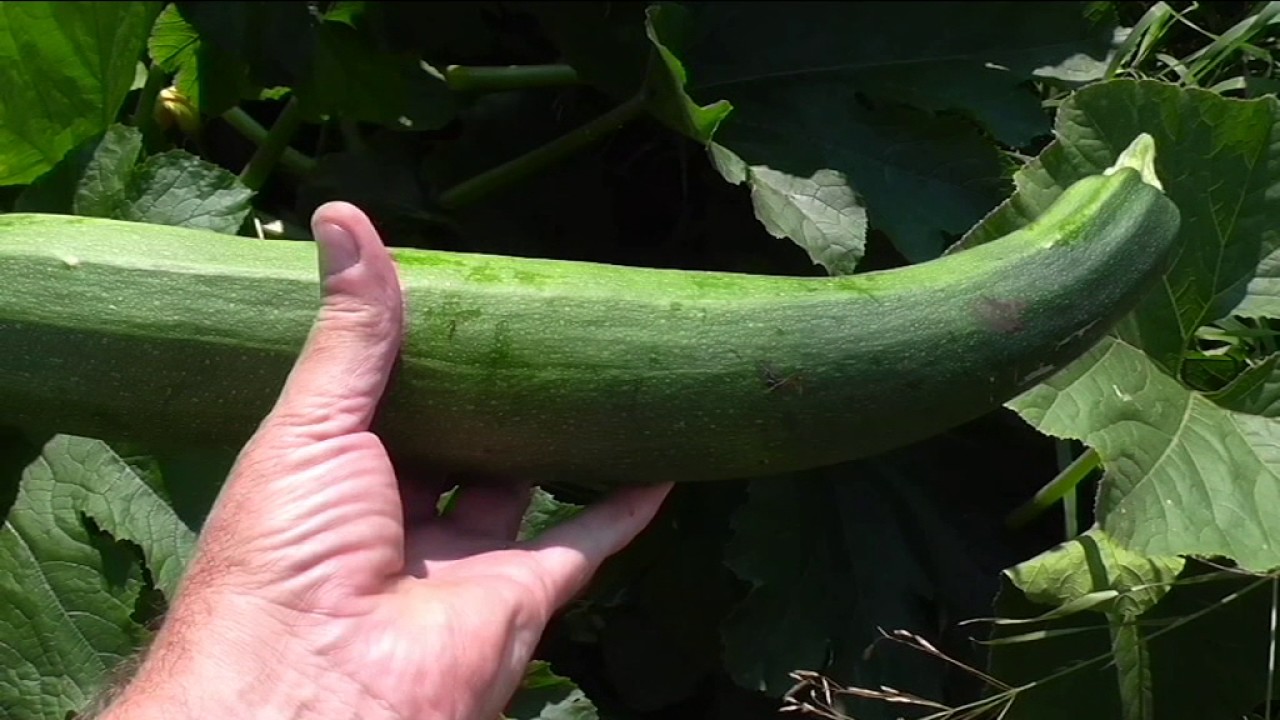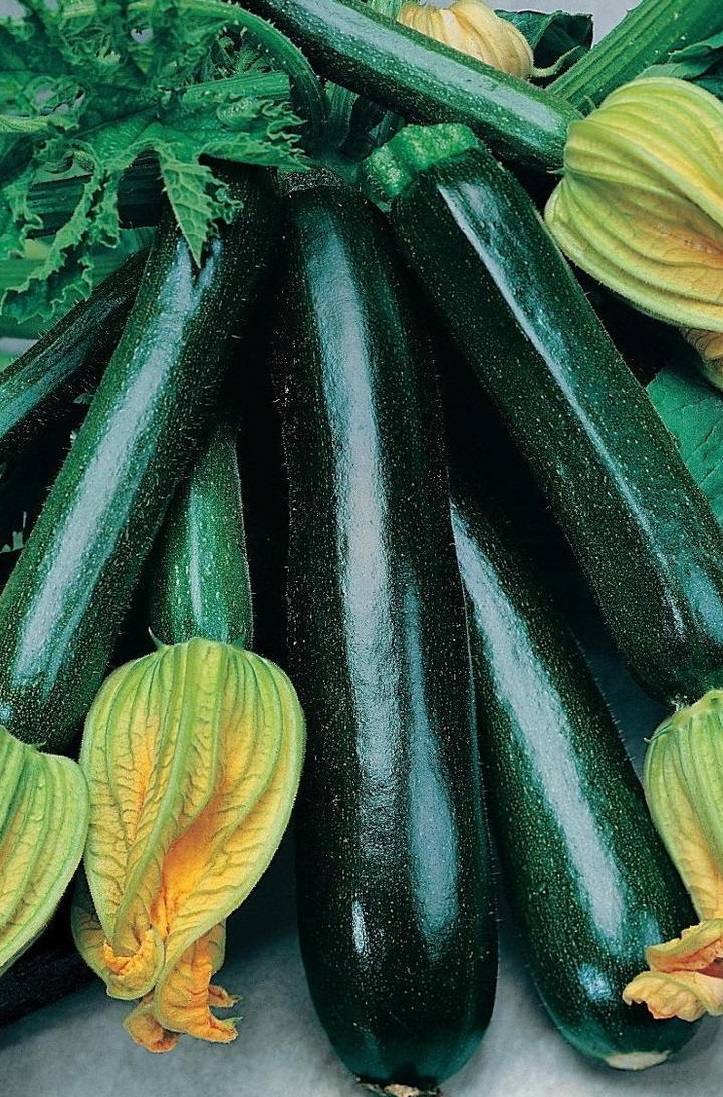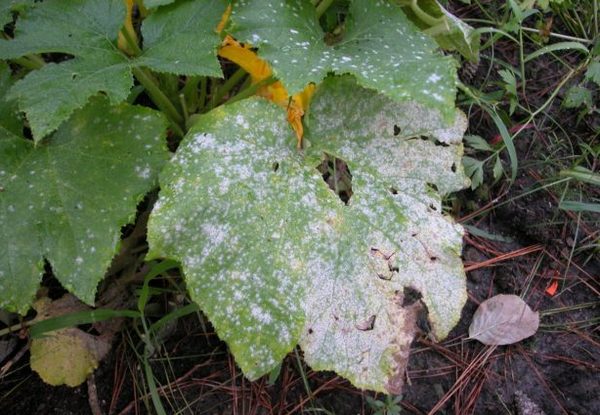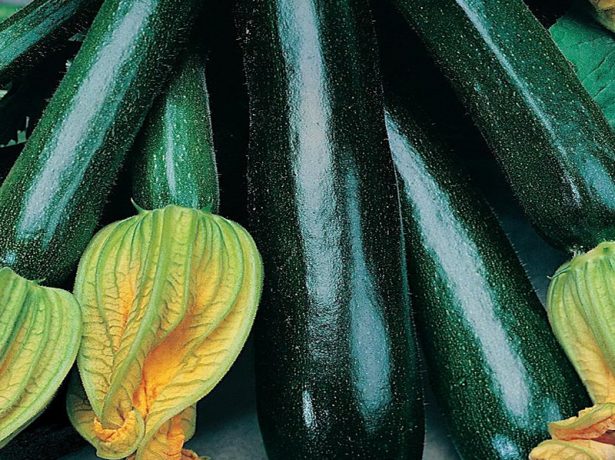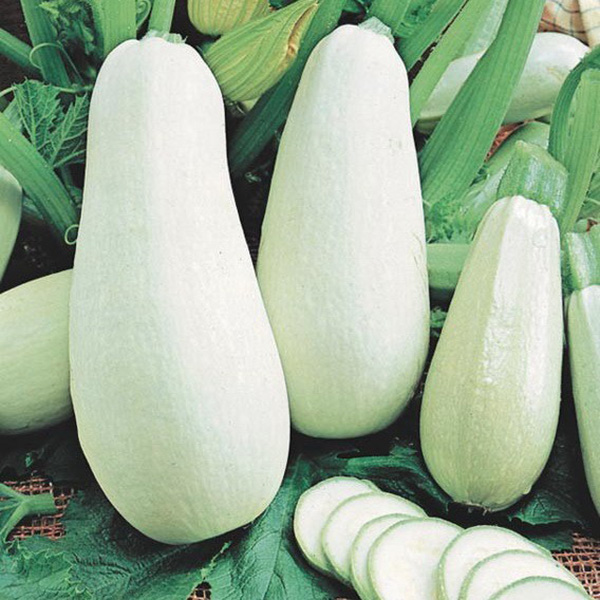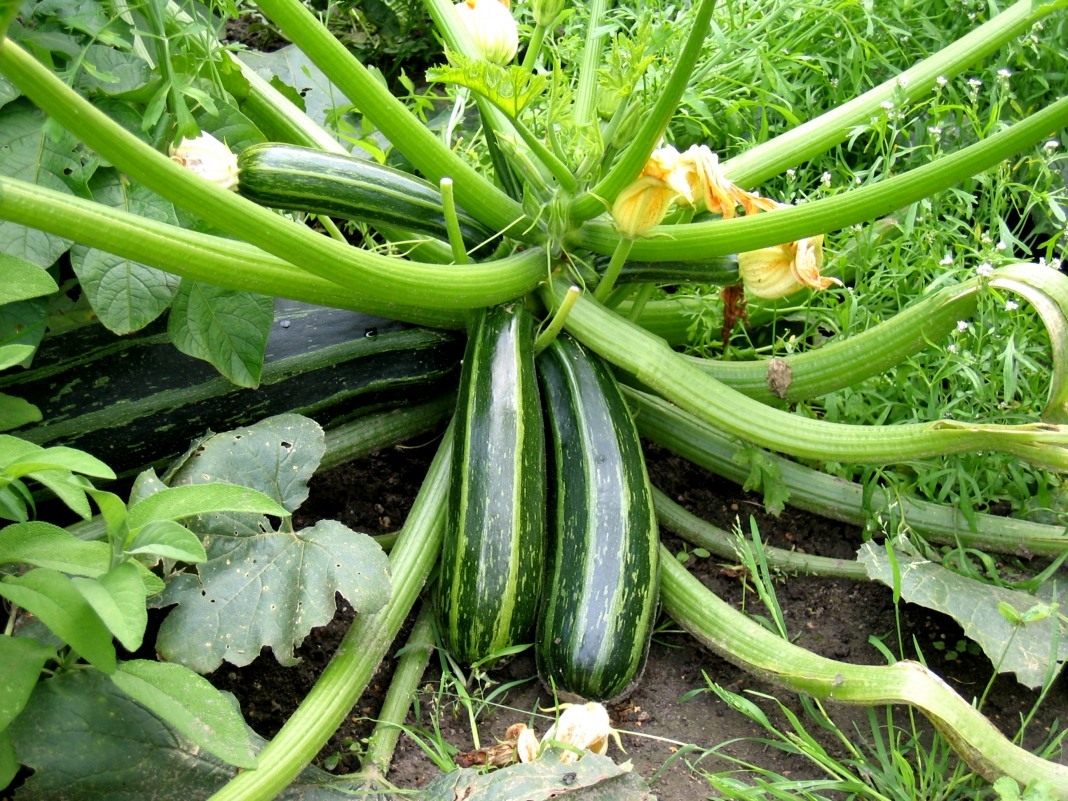It is difficult to decide on the variety of zucchini, there are about 200 species. Among the many varieties, Aeronavt, an early-ripening variety of zucchini marrows, has proven itself well. It grows as a bush, is well transported, resistant to diseases. The vegetable retains its presentation for a long time.
About three thousand years ago, the zucchini zucchini Aeronaut appeared in America. The fruit was mistakenly considered poisonous and only seeds were eaten. In the middle of the 16th century, zucchini migrated to European countries, where it was grown exclusively for decorating flower beds. The flowers of the plant were eaten. By the beginning of the 18th century, the Aeronaut zucchini came to Italy, here its fruits began to be used in everyday dishes.
Description of zucchini Aeronaut
The plant is distinguished by its compact form - it grows as a bush, excellent taste and high yield.
The aeronaut is not highly frost-resistant. Its seedlings are sensitive to frost, but it does not require high temperatures for seedlings. Seeds can be placed in warm, slightly moistened soil at a temperature of 10 degrees.
Place the variety on the site according to the square principle. The distance between the holes is 40-50 cm, and in the row spacing - 60-70 cm. It is not recommended to plant plants closer, this can reduce the yield. The depth of planting seeds is 3-4 cm. This distance is sufficient for active growth of the shoot.
The fruit is considered fit for consumption when it reaches a length of 13-15 cm. The weight of the squash will be approximately 1000-1200 g. If the fruit is allowed to grow more, its taste will be significantly reduced. These vegetables are mainly fed to pets.
The zucchini bush Aeronaut, subject to the landing parameters, is compact. Fruiting occurs inside the bush, in an abundant bunch. Harvesting from the bush - almost daily.
The height of the bush reaches 1 meter. This is the usual plant size with the correct planting scheme and timely watering and fertilization.
The color of the fruit is a rich dark green, shiny, with small white dashes. A mature zucchini has a skin without shine, a rough cover. The pulp is pale yellow in color, tasty. The vegetable is used to prepare various dishes. Zucchini is especially savory combined with stewed tomatoes.
The fruit is suitable for preservation when chopped. When pickled, it shows itself badly, has:
- herbaceous taste
- pronounced coarse fibers
- viscous structure
Zucchini Aeronaut bears fruit well and is not afraid of common diseases when grown in a greenhouse.
When planting a variety, you need to consider:
- Moisture-loving... It is impossible to allow the soil to dry out, this will affect the yield. Thanks to the bushy growth, it is easy to provide watering directly under the root.
- Soil composition... The plant cannot be classified as a finicky and demanding crop, however, soil poor in organic matter can significantly reduce productivity. To avoid crop losses, it is necessary to fertilize the soil in the fall.
- Crop rotation... If you do not follow the rules of crop rotation, you can significantly lose in the harvest. Plants release some substances into the ground. For some plants this is good, for others it is not.You cannot plant zucchini on the ground where pumpkins or beans grew last year. Potatoes, corn, and onions are ideal precursors for fruits.
Despite the plant's compact bush, little adjustment to the squash is required as it grows. Pinching is not required for this variety, as the fruits are formed on the central stem. Intervention is necessary if some of the leaves begin to rot during watering.
There is no need to remove large leaves of zucchini, they do an excellent job with weeds, there are practically none of them near adult bushes. They also provide shade to the root and protect it from drying out.
The advantages of zucchini Aeronaut are also in the timing of disembarkation. Seeds can be planted in the ground in April-May, for a faster harvest and growing in a greenhouse, sowing is done in March.
It is required to prepare a weak solution of manganese, moisten a small piece of cloth in water and wrap the seeds in it. When after a while the sprouts begin to peck, you can plant seeds in the ground.
In the process of growing a bush, it is necessary to produce not only timely watering, but also top dressing. Zucchini responds well to fertilization with cow dung.
- In the phase of the first two true leaves, thinning is performed. Leaves stronger shoots. There is no need to spare the extra shoots, a stronger plant will grow and prevent weak shoots from developing. Top dressing is carried out at the rate of 500 ml of manure per 10 liters of water. 10 liters is enough for watering 1 sq.m.
- Before the flowering stage, fertilizing is performed at the rate of 30 liters per 1 sq. m. The same calculation of fertilization occurs during the period of primary formation of fruits and abundant fruiting.
It is important to regularly loosen the soil and remove weeds. After the full formation of the bush, there will be much less problems with weeds. Loosening must be done the next day after watering.
With proper planting and adherence to agricultural technology, it will not be difficult to collect a rich harvest of zucchini.

